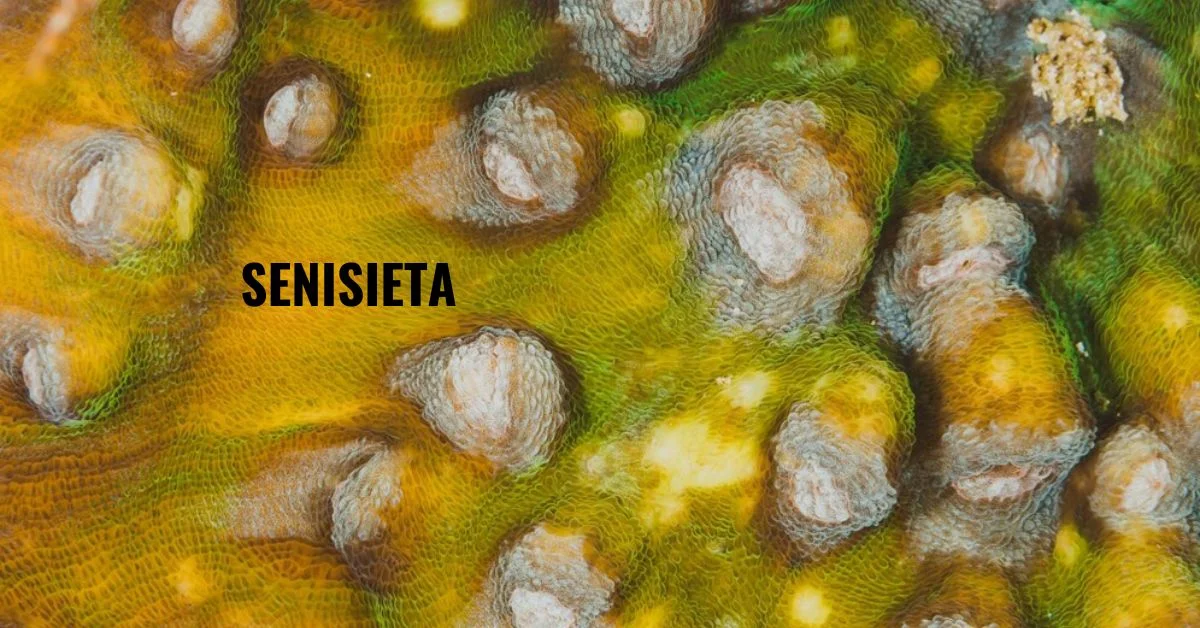HEALTH
Blisterata Unraveled: Causes, Symptoms, and Solutions

Blisterata, a relatively uncommon dermatological condition, is characterized by the formation of blisters on the skin’s surface. These blisters can vary in size and severity, causing discomfort and sometimes pain. Understanding the causes, symptoms, and treatment options for blisterata is essential for managing this condition effectively.
Causes of Blisterata
Genetic Factors
Genetic predisposition plays a significant role in the development of blisterata. Individuals with a family history of skin disorders are more likely to experience blister formation due to genetic mutations affecting the skin’s structure and function.
Environmental Triggers
Exposure to certain environmental factors can trigger blisterata flare-ups. These triggers may include extreme temperatures, sunlight exposure, allergens, and irritants present in the environment.
Skin Irritants
Contact with harsh chemicals, such as detergents, soaps, and cosmetics, can irritate the skin and lead to blister formation in susceptible individuals. Allergic reactions to specific substances can also contribute to the development of blisterata.
Symptoms and Signs
The symptoms of blisterata may vary depending on the underlying cause and individual factors. However, common signs of this condition include:
Blisters on the Skin
The primary symptom of blisterata is the presence of fluid-filled blisters on the skin’s surface. These blisters may appear red or inflamed and can cause itching and discomfort.
Itching and Pain
Blisters associated with blisterata may be accompanied by itching and pain, especially when they rupture or become infected. Scratching the affected areas can exacerbate symptoms and increase the risk of secondary infections.
Redness and Inflammation
The skin surrounding the blisters may become red, swollen, and tender to the touch. In severe cases, inflammation can spread beyond the immediate area of blister formation, leading to further discomfort and complications.
Diagnosis and Medical Examination
Diagnosing blisterata typically involves a thorough medical examination and assessment of the patient’s symptoms. Dermatologists may perform the following diagnostic procedures:
Physical Examination
A visual inspection of the affected skin allows healthcare providers to identify characteristic signs of blisterata, such as blister formation, redness, and inflammation.
Dermatological Tests
In some cases, dermatological tests, such as skin biopsies or allergy tests, may be recommended to confirm the diagnosis of blisterata and rule out other potential causes of skin lesions.
Medical History Review
Reviewing the patient’s medical history can provide valuable insights into underlying genetic factors, previous skin conditions, and exposure to potential triggers of blisterata.
Treatment Options
The treatment of blisterata focuses on relieving symptoms, reducing inflammation, and preventing recurrent flare-ups. Common treatment options include:
Topical Medications
Topical corticosteroids and anti-inflammatory creams are often prescribed to reduce itching, inflammation, and blister formation. Emollients and moisturizers can also help soothe dry, irritated skin.
Oral Medications
In severe cases of blisterata, oral medications such as antihistamines, immunosuppressants, or antibiotics may be prescribed to control symptoms and prevent complications.
Home Remedies
Home remedies, such as cold compresses, oatmeal baths, and natural oils, can provide temporary relief from itching and inflammation associated with blisterata. However, it is essential to consult a healthcare professional before trying any home remedies to ensure their safety and efficacy.
Preventive Measures
Preventing blisterata flare-ups requires identifying and avoiding potential triggers while adopting healthy skincare habits and lifestyle choices. Key preventive measures include:
Avoiding Triggers
Identifying and avoiding triggers such as harsh chemicals, allergens, and environmental irritants can help minimize the risk of blisterata flare-ups.
Proper Skincare
Maintaining proper skincare hygiene, such as using gentle cleansers, moisturizers, and sunscreen, can help protect the skin and reduce the likelihood of irritation and blister formation.
Lifestyle Changes
Making lifestyle changes, such as managing stress, maintaining a healthy diet, and quitting smoking, can support overall skin health and reduce the frequency and severity of blisterata episodes.
Living with Blisterata
Living with blisterata can be challenging, but with proper management and support, individuals can lead fulfilling lives. Coping strategies, support networks, and mental health considerations play crucial roles in navigating the physical and emotional effects of this condition.
Coping Strategies
Developing coping strategies, such as stress management techniques, relaxation exercises, and mindfulness practices, can help individuals cope with the challenges of living with blis,terata.
Support Networks
Seeking support from friends, family members, and support groups can provide emotional support, practical assistance, and valuable insights into managing blisterata on a day-to-day basis.
Mental Health Considerations
Addressing the emotional impact of blis,terata, such as feelings of frustration, embarrassment, or self-consciousness, is essential for maintaining mental well-being and overall quality of life.
Blisterata in Children
Blisterata can affect individuals of all ages, including children. However, managing blis,terata in children presents unique challenges that require specialized care and attention.
Unique Challenges
Children with blis,terata may struggle to communicate their symptoms effectively or adhere to treatment regimens, making it challenging for parents and caregivers to manage their condition effectively.
Treatment Approaches
Treatment approaches for blis,terata in children may involve gentle skincare routines, age-appropriate medications, and close monitoring of symptoms to ensure timely intervention and management.
Parental Guidance
Parents play a vital role in supporting children with blisterata, providing emotional support, practical assistance, and guidance on skincare habits and preventive measures.
Blisterata and Quality of Life
Blisterata can significantly impact an individual’s quality of life, affecting their physical comfort, emotional well-being, and social interactions.
Impact on Daily Activities
The symptoms of blis,terata, such as itching, pain, and discomfort, can interfere with daily activities, including work, school, and leisure pursuits, leading to decreased productivity and enjoyment.
Social and Emotional Effects
Blisterata can have profound social and emotional effects, causing feelings of self-consciousness, isolation, and frustration due to visible skin lesions and limitations on activities.
Research and Innovations
Ongoing research and innovations in the field of dermatology hold promise for advancing our understanding and treatment of blis,terata.
Advancements in Treatment
Researchers are exploring new treatment modalities, including targeted therapies, gene therapy, and immunomodulatory agents, to improve outcomes and quality of life for individuals with blis,terata.
Future Perspectives
Future research efforts aim to unravel the underlying mechanisms of blis,terata pathogenesis, identify novel therapeutic targets, and develop personalized treatment approaches tailored to individual patient needs.
Conclusion
In conclusion, blisterata is a dermatological condition characterized by the formation of blisters on the skin’s surface, often resulting from genetic factors, environmental triggers, or skin irritants. Effective management of blis,terata requires a comprehensive approach involving proper diagnosis, treatment, preventive measures, and support for individuals living with this condition. Ongoing research and innovation offer hope for advancing our understanding and treatment of blis,terata, ultimately improving outcomes and quality of life for affected individuals.
FAQs
What causes blisterata?
Blisterata can be caused by genetic factors, environmental triggers, and skin irritants, leading to the formation of fluid-filled blisters on the skin’s surface.
Is blisterata contagious?
No, blis,terata is not contagious and cannot be transmitted from person to person through direct contact or exposure to affected individuals.
Can blisterata be cured?
While there is currently no cure for blis,terata, various treatment options are available to manage symptoms, reduce inflammation, and prevent recurrent flare-ups.
How can I prevent blisterata?
Preventive measures for blis,terata include avoiding triggers, maintaining proper skincare hygiene, making lifestyle changes, and seeking medical advice for personalized recommendations.
Are there any natural remedies for blisterata?
Some individuals may find relief from blis,terata symptoms using natural remedies such as cold compresses, oatmeal baths, and natural oils. However, it is essential to consult a healthcare professional before trying any home remedies to ensure their safety and efficacy.


 BLOG3 months ago
BLOG3 months agoThe Enigma of Senisieta: Unveiling Nature’s Gift

 TECHNOLOGY3 months ago
TECHNOLOGY3 months agoSecure Your World: The Dizipal 554 Revolution

 BLOG3 months ago
BLOG3 months agoWebcord Virus Exposed: Defenses and Countermeasures

 ENTERTAINMENT4 months ago
ENTERTAINMENT4 months agoThe Flower Of Veneration Chapter 1 Unveiled: The Veneration Blossoms

 ENTERTAINMENT4 months ago
ENTERTAINMENT4 months agoExploring The grand duke is mine Spoilers in Detail

 GENERAL4 months ago
GENERAL4 months agoKääntäh: Exploring the Depths of Renewal

 TECHNOLOGY4 months ago
TECHNOLOGY4 months agoKäntäj: Redefining Language Translation

 TECHNOLOGY4 months ago
TECHNOLOGY4 months agoThe Vergando Revolution: Nanotech’s Next Big Leap








